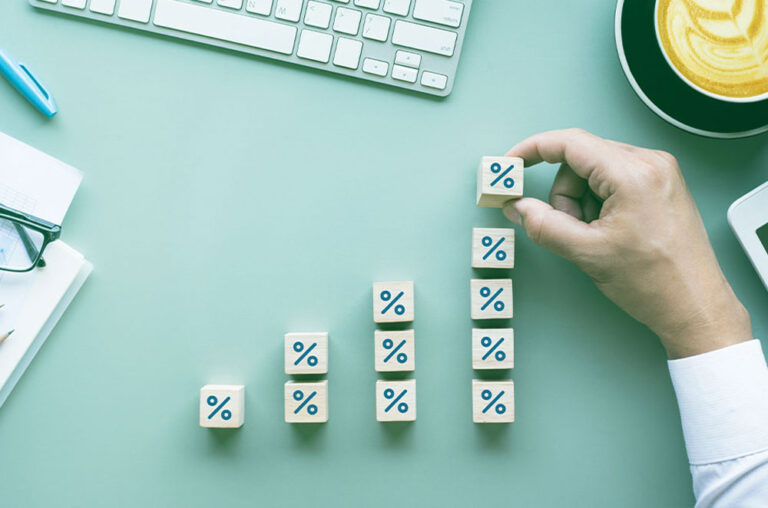
New data released by research company Roy Morgan has revealed last month Australians expected inflation of 4.5% annually over the next two years, the highest rate since October 2018.
Inflation Expectations are now a large 1.2% points higher than a year ago in September 2020 (3.3%).
Inflation Expectations are still 0.2% points below their long-term average of 4.7% but are now a full 1% point higher than the record low 2020 monthly average of 3.5%.
Roy Morgan CEO Michele Levine says Inflation Expectations are on the march in Australia and have now increased for the fourth straight monh to 4.5% – their highest for three years:
“Inflation Expectations increased by 0.2% points to 4.3% in September and are now up 1.3% points from the low-point reached just over a year ago in August 2020 (3.2%). This is the biggest ever sustained increase in Inflation Expectations since the index began in 2010, beating an increase of 1.2% points during the ‘Mining Boom’ in 2010-11.
“The increasing Inflation Expectations come despite over half of Australia’s population being in lockdown throughout the month of September although we are fast approaching the end of these lockdowns. Greater Sydney has already reached a full vaccination rate of over 70% and is set to emerge from lockdown this week while the ACT and Greater Melbourne are set to finish their current lockdowns later in October.
“The end of the lockdowns is widely predicted to lead to a surge in retail spending in the closing months of the year as millions of people in Sydney and Melbourne have built up their savings during lockdown without being able to spend their earnings as they are accustomed to.
“A look at Australians by generation shows that although Inflation Expectations are relatively similar across the age groups at present in September, they are increasing far faster for younger generations. Compared to a year ago the Inflation Expectations of Generation X (+1.3% points), Millennials (+1.6% points) and Generation Z (+1.3% points) have increased rapidly.
“The older generations, representing people aged 60+, have seen far smaller increases in Inflation Expectations compared to a year ago – up by 0.6% points for Pre-Boomers and up by 0.7% points for Baby Boomers.
“These results indicate that working families and younger Australians are most keenly impacted by rising prices across the economy. As the Australian economy re-opens over the next few months and over 10 million Australians are released from lockdown and able to spend their money at a greater rate it is likely inflationary pressures will grow.
“Although Australia is yet to fully re-open there are several comparable countries overseas in Europe and North America that have emerged from lockdowns earlier in the year and are also seeing inflationary pressures growing significantly.
“The likelihood inflationary pressures will continue to increase once the lockdowns are over adds another element to the existing issues relating to mandatory vaccinations, vaccine passports, and the re-opening of domestic State borders that the Federal Government will be forced to ‘grapple’ with in the run-up to the next Federal Election due early in 2022.”
The data for the Inflation Expectations series is drawn from the Roy Morgan Single Source which has interviewed an average of 4,600 Australians aged 14+ per month over the last decade from April 2010 – September 2021 and includes interviews with 6,035 Australians aged 14+ in September 2021.






























